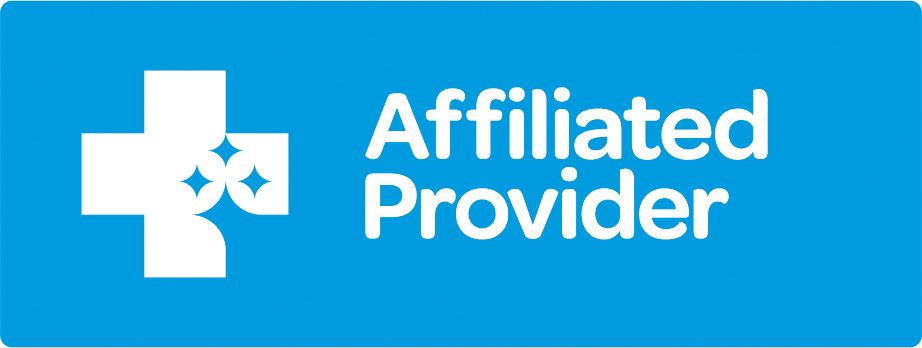Sentinel node biopsy
SNB is an operation to remove 1-4 lymph glands from the armpit to check for spread of cancer. It is important for "staging" your disease and helps guide whether you need any additional treatment. It is usually performed at the same time as your breast surgery.
Key points
- Operation to check a few lymph glands for cancer
- Usually performed at the same time as breast surgery
- Important for staging
- Less invasive than ALND
- Low (but not zero) risk
Alternatives
A full axillary lymph node dissection (ALND) is the alternative to SNB, however SNB was developed to avoid this more invasive procedure in most patients. You may be advised to proceed to an axillary lymph node dissection after SNB based on the results.
Potential problems
- Bleeding, including a pocket of blood under the skin (haematoma) (5%)
- Wound infection (<5%)
- Lymphoedema (3%)
- Nerve damage (numbness)
- Breast cancer recurrence (1% per year)
- Risk of anaesthesia (low)
Associated treatment
You will need a procedure to localise the sentinel lymph nodes, called a lymphoscintgram. This is usually performed the day before surgery. It involves injection of a radioactive isotope into the breast and special scans to detect where the isotope travels. The isotope can be injected just before the surgery while you are under anaesthetic.
During surgery a gamma probe is used to find and remove the radioactive sentinel nodes.
Most women having sentinel node biopsy will also be having breast surgery, usually at the same time. Some go on to have axillary node dissection or axillary radiotherapy to treat any cancer found in the sentinel nodes. This will be discussed when you get your results.
Many women with breast cancer are recommended to take hormonal therapy for several years. This depends on the biology of your cancer and will be discussed with you in detail if needed.
Some women are recommended to have chemotherapy or targeted therapy for several months. Again this depends on the biology of your tumour and you will discuss this in detail with your medical oncologist if needed.
On the day of surgery
You will need to fast for 6 hours before surgery. You can take any medications as normal and continue to drink water until 2 hours before surgery.
You should shower and wash well in the morning. Bring something to do as there will be a lot of waiting.
When you arrive you will be checked in by the nurses and change into a gown and stockings ready for the operation.
In the holding bay
You will see your surgeon and anaesthetist, have a drip put in and have the operative site marked. You might also be given premedication.
In recovery
After surgery you will go to recovery. You will be watched closely until you are alert and well enough to return to the ward. You might be given medication for any sickness or pain.
After surgery
Swelling or bruising is common and usually settles on its own.
Your dressings will be splash resistant but try not to soak them. Pat them dry after a shower. You can remove them if they start to peel off but if they remain neat and tidy keep them on for 5 days.
Pain and discomfort can usually be managed with simple painkiller tablets.
Eat healthily and try to exercise a little every day. You might find your movement restricted for a while. The exercises given to you by your breast care nurse will help to minimise stiffness.
If you have any concerns call the team - we would rather know about it and you are never wasting our time! We can always arrange for you to come to the clinic if needed and if you are unwell out of hours you can always attend the emergency department.
Driving
You need to be able to concentrate properly and perform an emergency stop without any distracting pain. You will probably need to avoid driving for 1-2 weeks, but check with your insurance company.
Work
Getting back to work can be necessary or helpful for many women, but you will probably need to wait at least until you get your results and can plan any further surgery or treatment.



